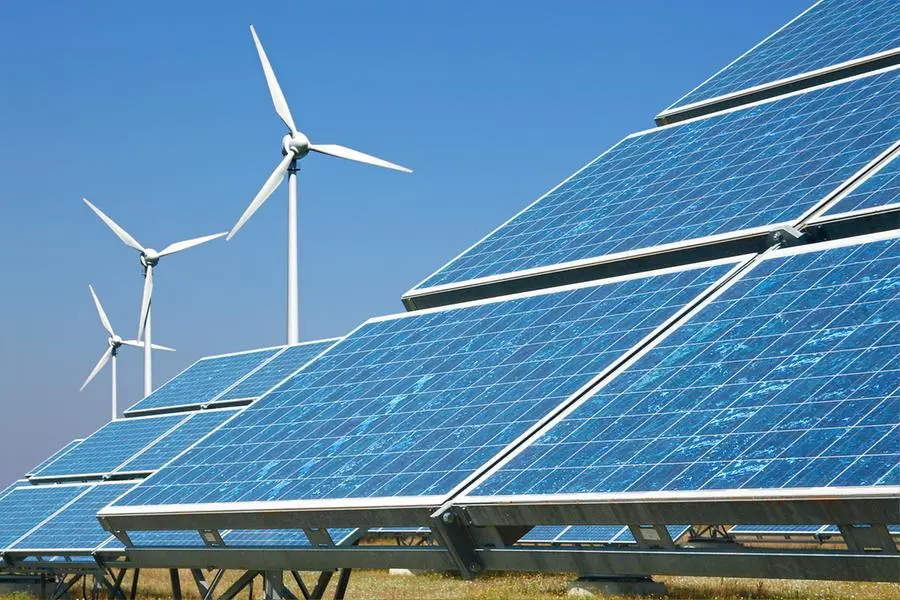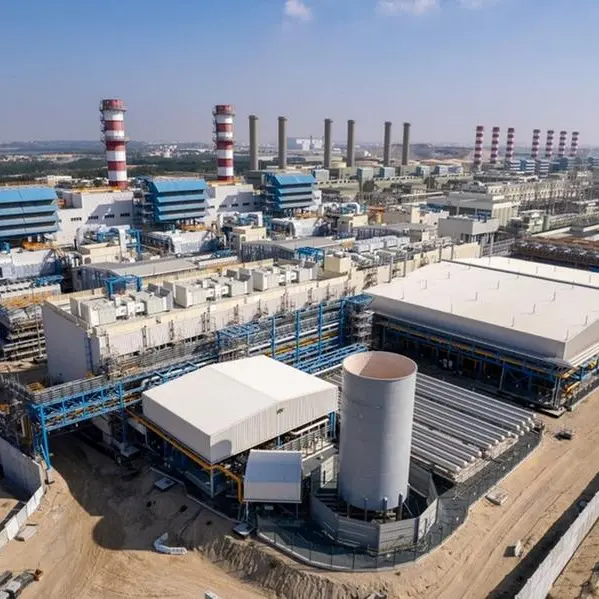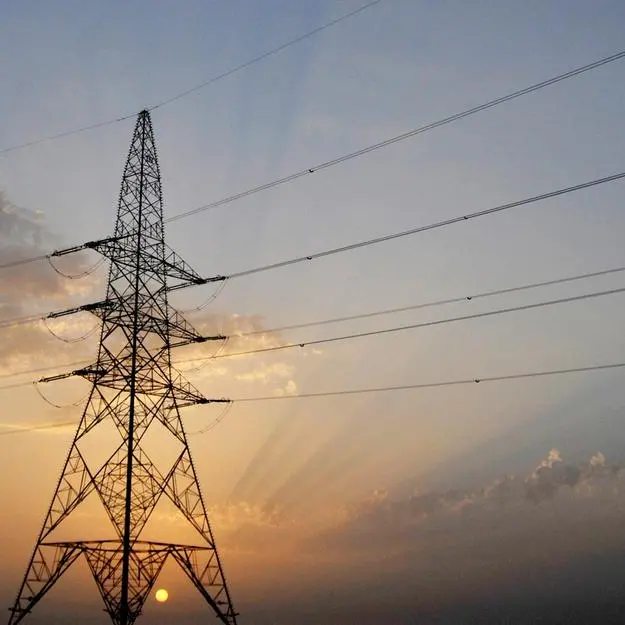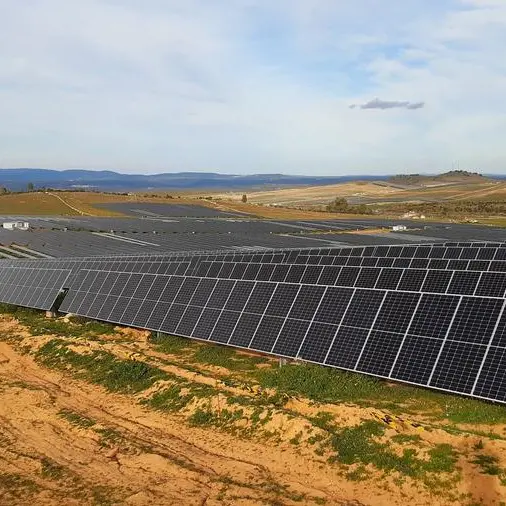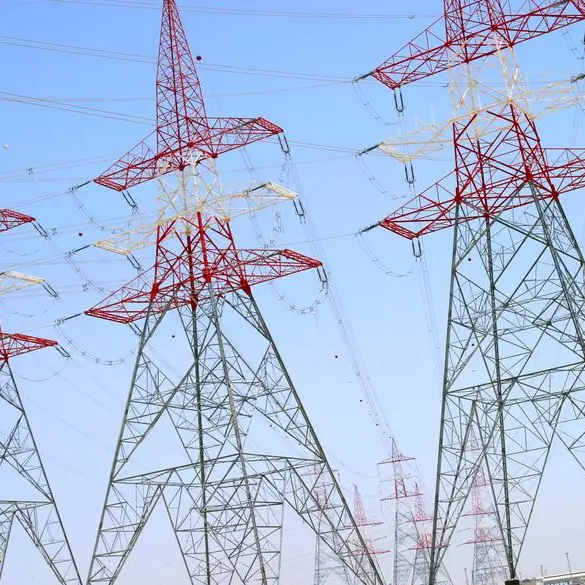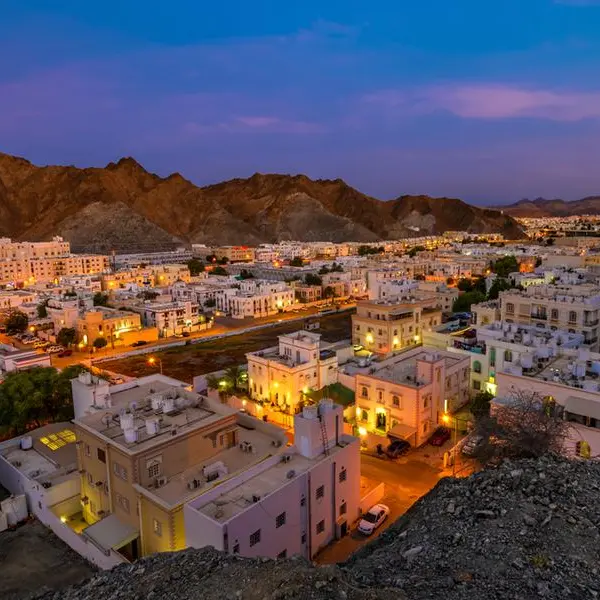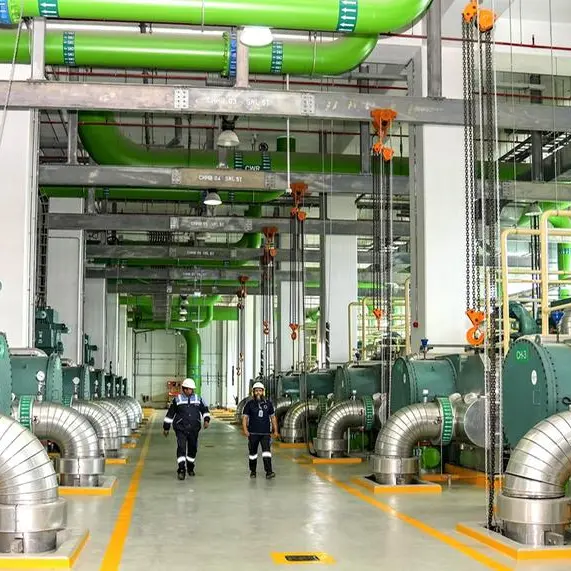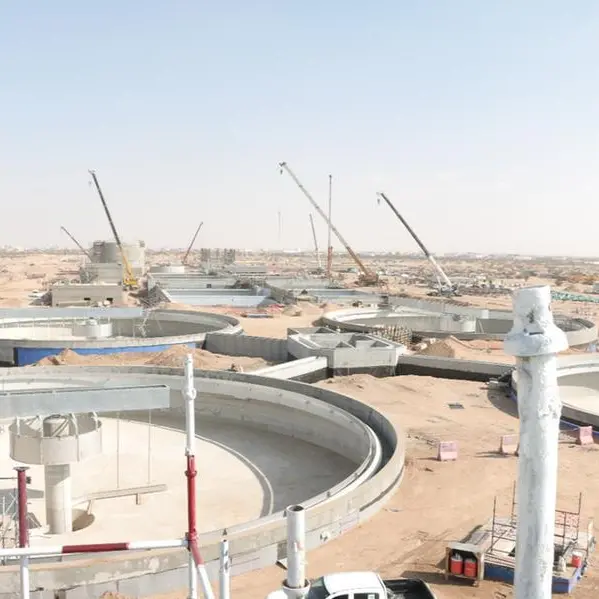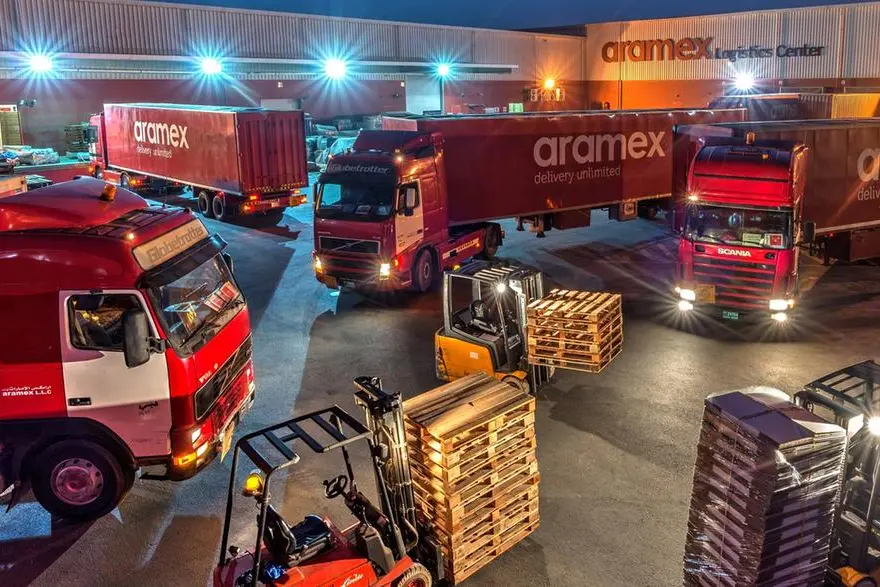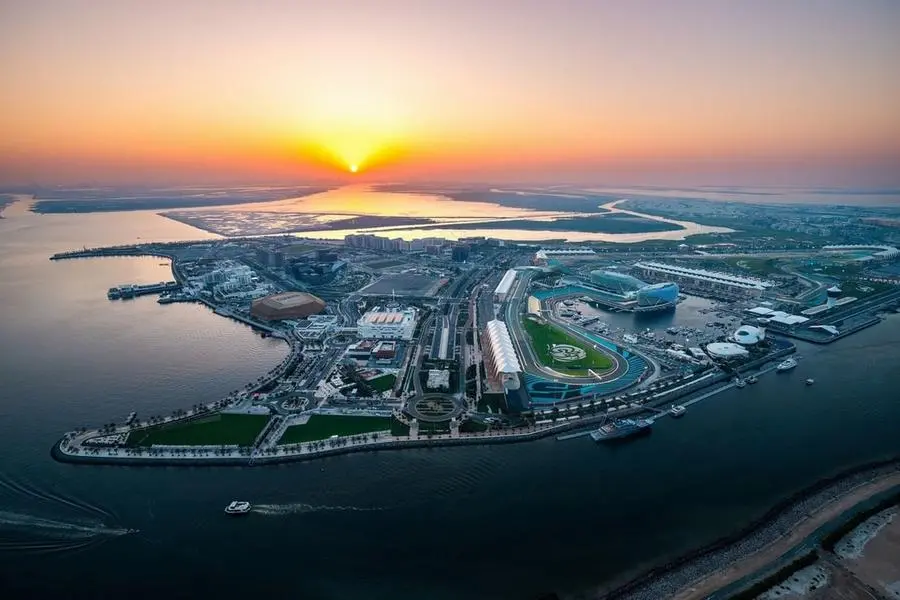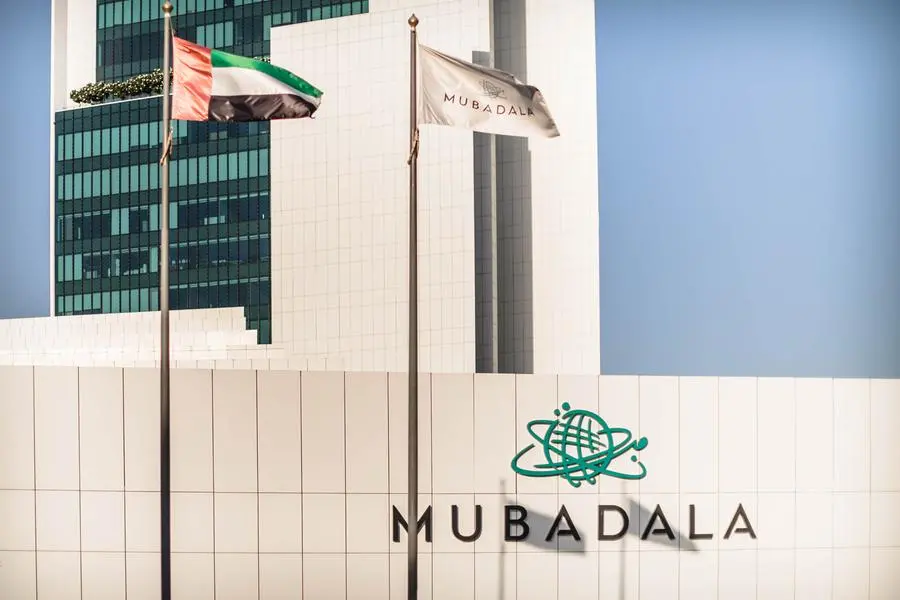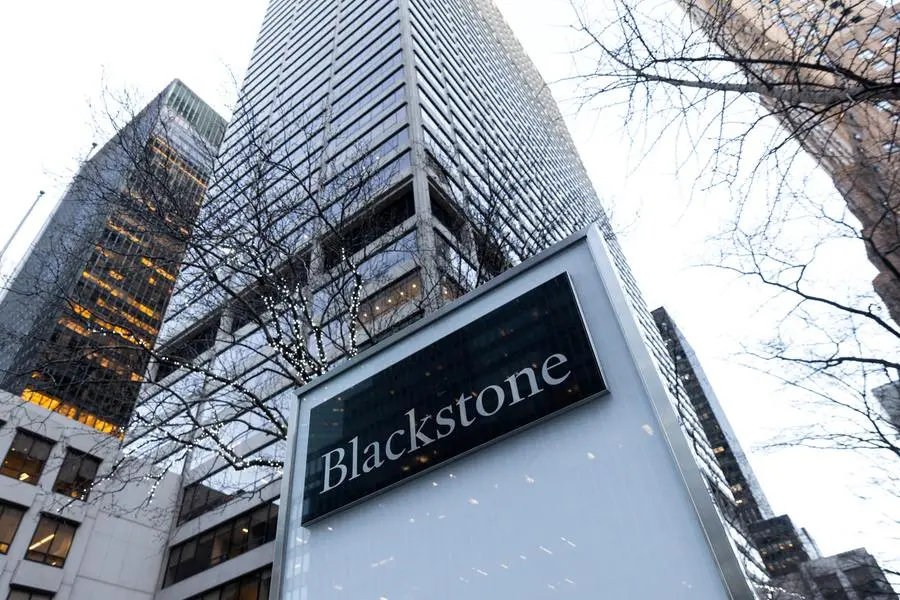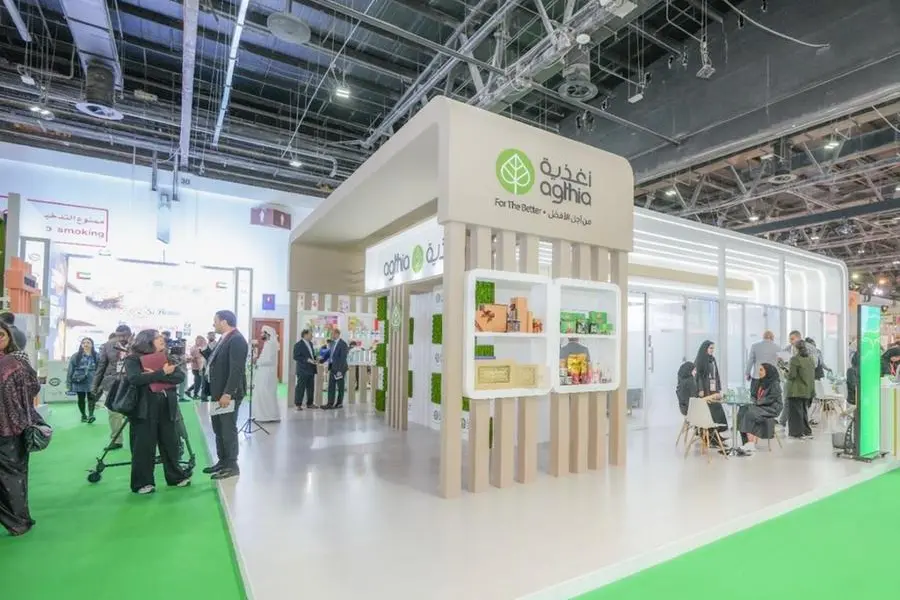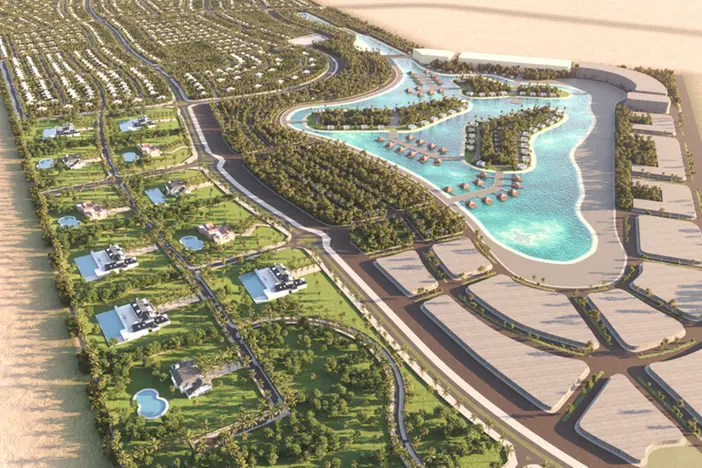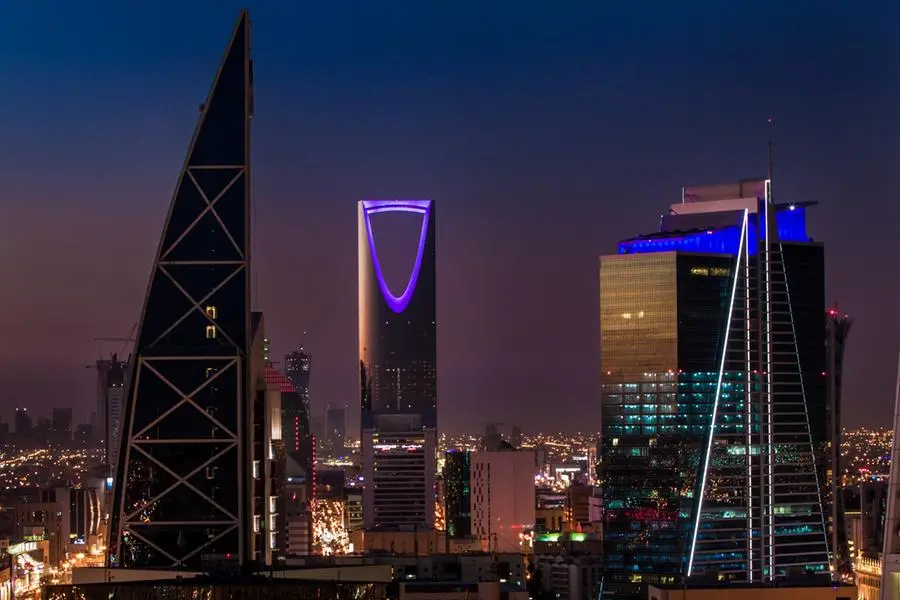PHOTO
Solar panels and wind turbines. Image used for illustrative purpose.
The Special Economic Zone at Duqm (SEZAD), with its concentration of green energy related investments, is poised to make the largest contribution to Oman’s energy sustainability goals, according to Dr Ali Masoud al Sunaidy, Chairman, Public Authority for Special Economic Zones and Free Zones (OPAZ).
SEZAD’s outsized role in the nation’s green hydrogen strategy was outlined by Dr Al Sunaidy in an interview featured in The Business Year, a leading news portal. The interview highlights the vital role of OPAZ and its constituent SEZs and free zones in allocating vast swathes of land for the upstream, midstream and downstream components of the growing portfolio of green hydrogen projects planned for implementation across the Sultanate of Oman.
“On a bigger scale, Duqm is expected to become the biggest contributor to sustainability. We have allocated 250sq km for solar and wind farms that will then produce green hydrogen and green ammonia for local use and for export and two licences have already been granted in fact one of which is at the stage of implementing an initial 300MW plant while the other is at the stage of detailed studies for a much larger capacity,” Dr Al Sunaidy explained.
Last month, Green Hydrogen and Chemicals Company (GHC), a joint venture between the UK unit of Indian energy developer ACME Group and Norway-based Scatec ASA, a leading renewable energy solutions provider, announced that it is developing Oman’s maiden green energy venture in the SEZ. Phase 1 targets the production of 100,000 metric tonnes per annum of green ammonia. In the second phase, green ammonia output is anticipated to grow 12-fold to around 1.2 million metric tonnes annually.
Importantly, a rejig of SEZAD’s master plan is currently underway to allow for the creation of utility corridors and other infrastructure to support major green energy investments planned in Duqm, Dr Al Sunaidy noted.
“We are now revisiting the master plan to create large enough new corridors throughout the SEZ at Duqm that will allow the transport of electricity (electrons) into the city and vice versa pipe corridors that will allow the flexibility of transferring green hydrogen (molecules) if produced at the concession areas around Duqm to bring into industrial zone against to the Port area for local industrial consumption or for converting it into green ammonia then export it. The same corridors will allow the pumping of desalinated water from the beach to the sites of solar and wind farms,” he stated.
Separately, some strategic partners are involved in a study to explore the potential for blue hydrogen export from Duqm. This initiative envisions the establishment of a corridor linking Duqm with retired oilfields distributed in the wider Wusta area. The proposed corridor will allow for carbon captured in Duqm to be reinjected back into the oil and gas fields – an initiative that will also open up the potential for carbon credits to be earned by future steel plants, he pointed out.
Additionally, OPAZ is working with various stakeholders to explore the potential for hydrogen production that will be set aside for use by a new generation of ships that will be powered by green energy, he added.
2022 © All right reserved for Oman Establishment for Press, Publication and Advertising (OEPPA) Provided by SyndiGate Media Inc. (Syndigate.info).
